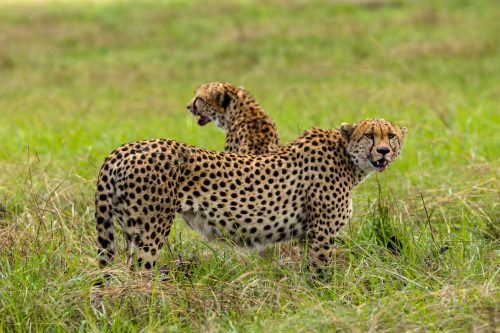
To be here, completely immersed in the beauty of nature, has been a life-long dream. I’ve always been fascinated by nature — the landscapes, the wildlife, and how they all interconnect. I remember hiking up the hills near where I grew up just to get a vantage point, to see Lake Elementaita get smaller as I climb higher, and eagles flying at eye-level.
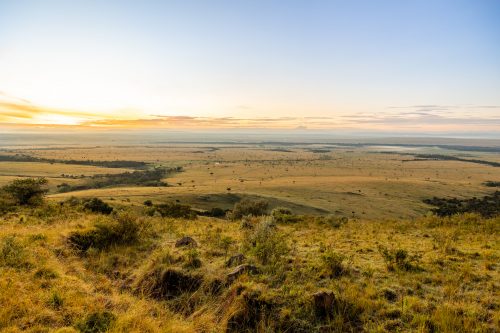
Today, when I stand on the deck of Angama Mara looking down on the Triangle with its fairytale-like sunrises and vast landscapes, it brings back old memories, only better. Better because, along with marvelling at its beauty, I can share the story of this magical place. Hands down, this week has been one of the most exciting for me.


We set out early on a rather chilly morning and, as usual, the views as we descended into the Triangle from camp were a sight to behold. The sun peeks through the horizon with giraffes grazing, elephants trumpeting and birds chirping — some even tried to fly along with us as we drove.

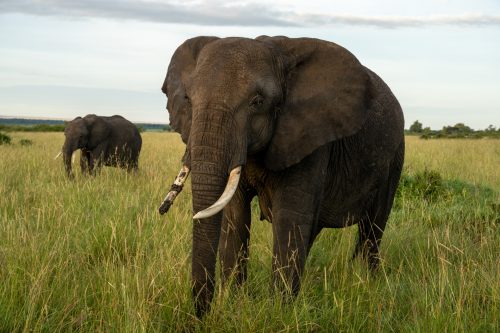
The Triangle is ablaze with life, as always.
We bumped into Ruka and Rafiki, the two young cheetah brothers who have travelled from the Greater Mara into the Triangle. Dr Elena Chelysheva of the Mara-Meru Cheetah Project has been following them. They had taken down a Thomson’s gazelle earlier in the morning, but the kill got snatched away by some lions — likely the Egyptian Pride, as this is their territory.

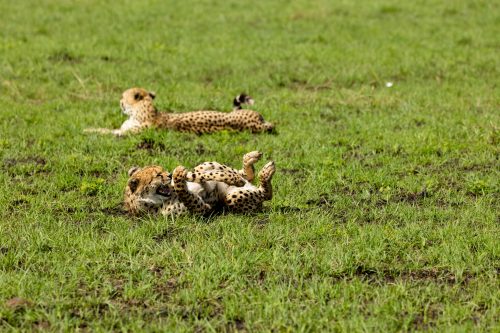
After waiting for some time, we decided to venture into a different area with a plan to come back and check on what Ruka and Rafiki were up to.

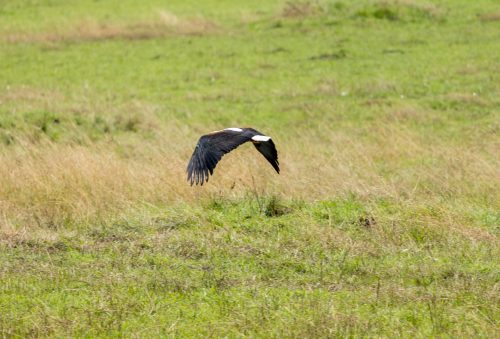
Not far from the cheetah sighting, something perched in a tree caught our eye. Very curious, as we got closer the vibrant colours became clearer.

Behold, the African fish eagle whose beautiful milk-white head and tail, yellow cere (base of the upper beak) and dark chocolate back gave it away. This bird of prey is very territorial which means it aggressively defends its home field from other fish eagles and anything else perceived as a threat.
As much as we wanted to spend more time with this beauty, we didn’t want to miss what Ruka and Rafiki were up to so we quickly headed back to the site.
As soon as we arrived, we could see the boys were up and getting ready for a chase. What lucky timing! The two cheetahs were stalking a herd of wildebeest nearby and when I saw the commotion, I realised I was about to experience my first kill.
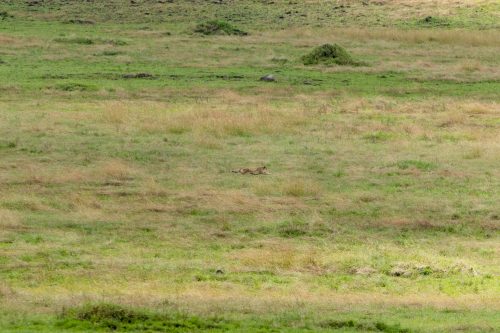
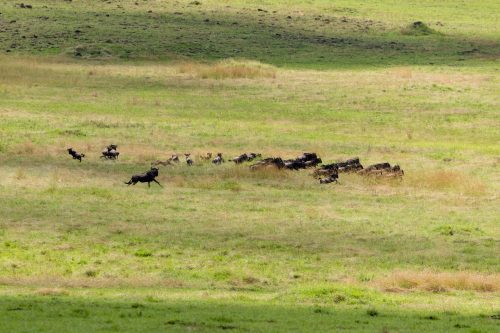

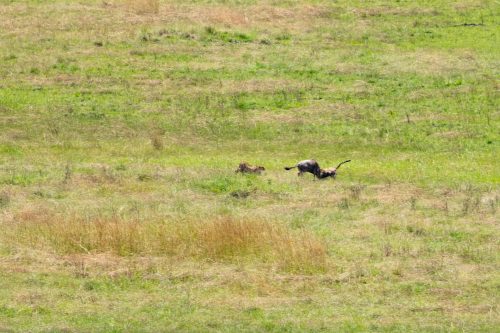
These cats are extremely smart; you could tell they were communicating before the chase by the glances they gave each other. Ruka seemed to be taking the lead while Rafiki followed his cue. They gave each other one last glance and the chase was on. It was just a matter of seconds before the unlucky wildebeest was down. A second successful hunt in one day — very impressive for these young boys.
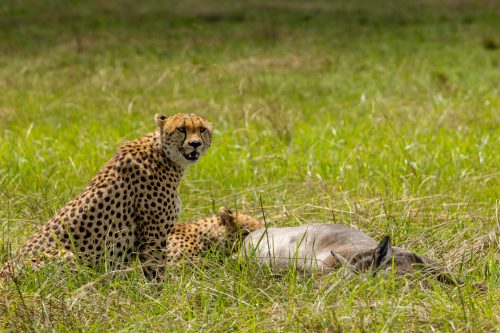


I noticed they fed in turns; Rafiki would be watching out for his brother as he fed and they would switch every few minutes. They do this to ensure no rival predators were eyeing their meal as had happened earlier with the lions.

Mr Opportunist, aka the hyena, was already hanging around in the vicinity.

There is never a shortage of unique sightings in the Triangle. This week, the grandfather of the Triangle, the Shepherd Tree Male, was making headlines. We heard from our guides on the radio that Shepherd had made a very unusual kill not too far from camp. When we got there, Shepherd was lying under the tree, breathing heavily.
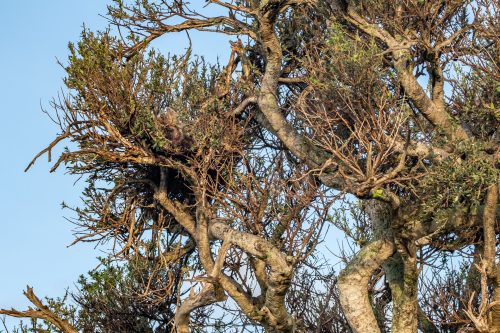
High up in the tree was his kill but we couldn’t quite make out what animal it was. Since not much was happening, we decided to leave the site and check back later.
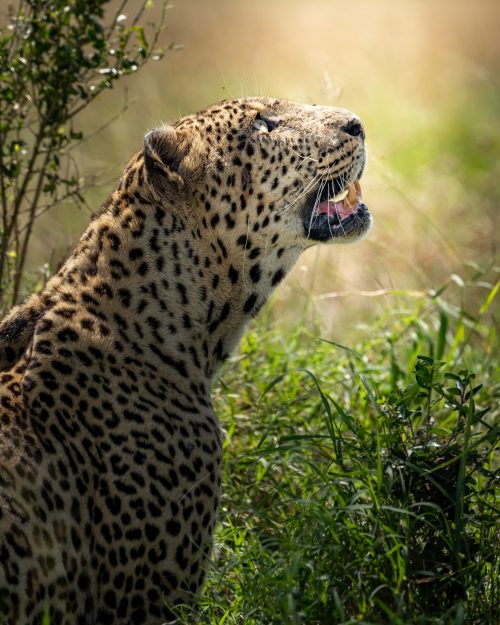

When we returned around midday, Shephard was awake and looking up towards his kill, indicating that he would soon return and possibly feed.
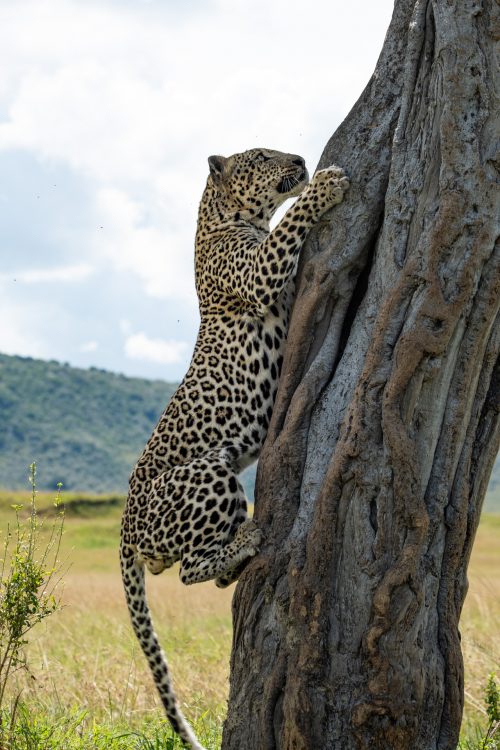
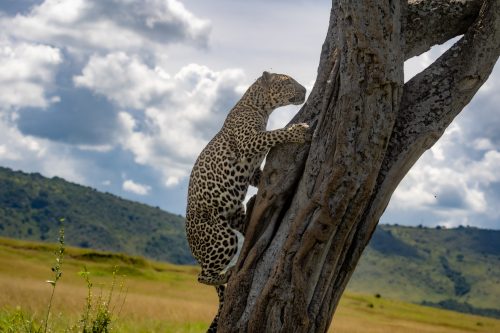
We watched as he stood, tensed his muscles and began to climb the tree. Getting a better view of this glorious creature we could see that he was covered in scars, all pages in the book of a life well-lived in the Mara. We noticed that he had a limp and his back-left leg was injured. Precariously, he moved up the tree and picked up the kill to move it.
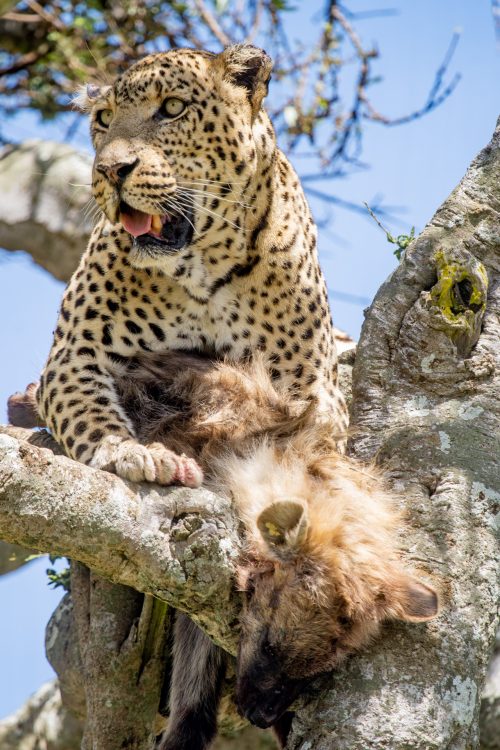
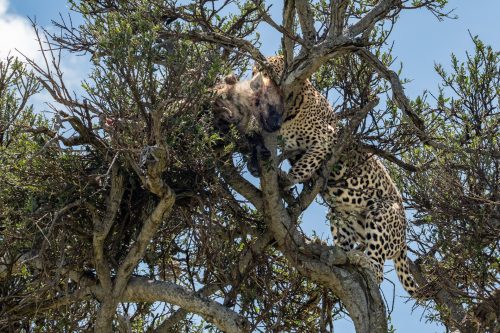
Now we could clearly make out that the unfortunate creature in Shepherd’s jaws was a young hyena. This is quite a rare sighting, usually a sign of a very old or sick predator.

As another week in the Mara comes to a close, my fascination with nature continues to grow. I cannot wait to see what this incredible landscape has in store for me in the weeks to come.
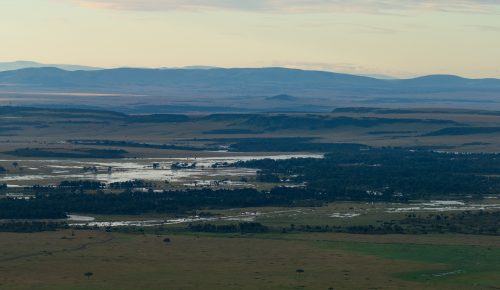
This time two years ago, the Mara was experiencing an extraordinary amount of rainfall — some even saying it was the most rain received since the 1960s.
Filed under: This Week at Angama
Subscribe for Weekly Stories
Comments (0):

Rates & Availability